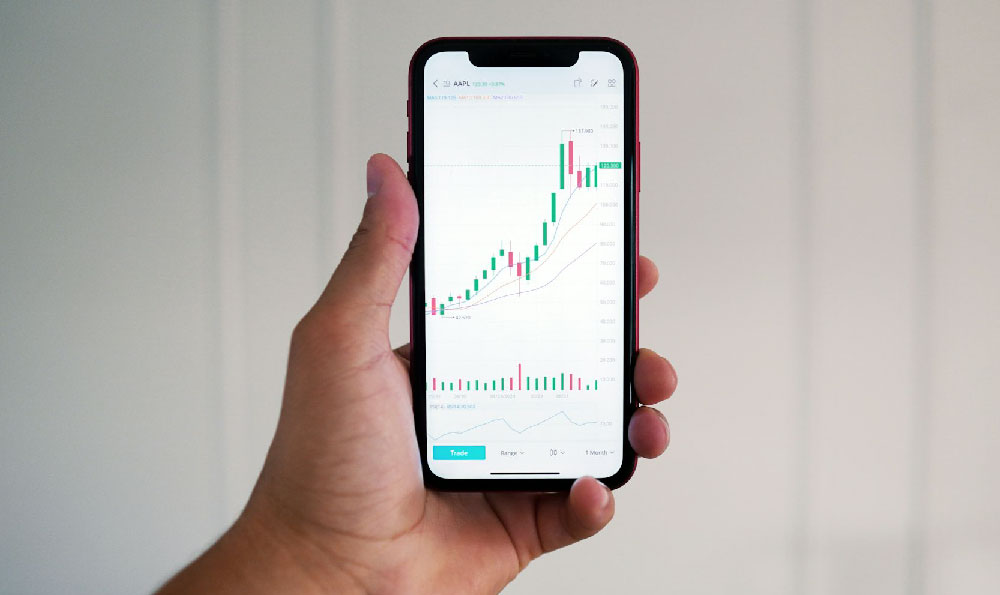Unlocking the full potential of Amazon as a revenue-generating platform requires a strategic approach, moving beyond simply listing products and hoping for the best. The sheer scale of Amazon, with its hundreds of millions of active users, presents both a massive opportunity and a formidable challenge. To truly monetize Amazon effectively, one must understand the various avenues available and tailor their strategies to their specific product, brand, and target audience.
One of the most straightforward methods, and often the starting point for many, is Retail Arbitrage and Online Arbitrage. This involves purchasing products at a lower price from retail stores or online platforms and then reselling them on Amazon for a profit. While seemingly simple, success hinges on meticulous product research to identify items with significant price discrepancies, high demand, and low competition. Utilizing tools like Keepa or Helium 10 can be invaluable for analyzing historical sales data, pricing trends, and potential profit margins. The key is to find those hidden gems where the perceived value on Amazon exceeds the acquisition cost elsewhere. However, this approach is increasingly challenging due to rising competition and Amazon's growing scrutiny of product authenticity and sourcing.
A more sustainable and scalable approach is Private Labeling. This involves sourcing a generic product from a manufacturer, often overseas, and then branding it with your own label. This allows for greater control over product quality, branding, and pricing. The process begins with thorough market research to identify niches with unmet needs or underserved customer segments. This could involve analyzing competitor listings, reading customer reviews, and identifying areas for product improvement. Once a suitable product is identified, the next step is to find a reliable manufacturer who can produce the product to your specifications. This often involves requesting samples, negotiating pricing, and establishing a clear quality control process. Finally, creating a compelling brand story, designing attractive packaging, and crafting persuasive product listings are crucial for attracting customers and differentiating your product from the competition. Building a strong brand reputation through excellent customer service and proactive engagement with reviews is essential for long-term success in the private label space.

Beyond selling physical products, Amazon Kindle Direct Publishing (KDP) offers a powerful platform for monetizing written content. Authors can self-publish ebooks and paperbacks and reach a global audience. The process is relatively straightforward, involving formatting your manuscript, designing a cover, and creating a compelling book description. Amazon's KDP Select program offers additional benefits, such as increased visibility and higher royalties, but requires exclusivity, meaning you cannot sell your book on other platforms. Success with KDP requires a strong understanding of book marketing, including keyword research, book promotion, and building an author platform. Utilizing Amazon Ads can be an effective way to drive traffic to your book listing, but it's essential to track your advertising spend and optimize your campaigns based on performance.
Another often overlooked but potentially lucrative avenue is Amazon Affiliate Marketing. This involves promoting Amazon products on your own website, blog, or social media channels and earning a commission on any sales generated through your affiliate links. The key to success with affiliate marketing is to build a loyal audience and provide valuable content that resonates with their interests. This could involve writing product reviews, creating comparison guides, or sharing helpful tips and tutorials. Choosing products that are relevant to your audience and that you genuinely believe in is crucial for building trust and credibility. Promoting Amazon Prime memberships can also be a significant source of affiliate revenue.
For businesses with established brands and product lines, Selling Wholesale to Amazon can be a viable option. This involves selling your products directly to Amazon, who then becomes the retailer and handles all aspects of fulfillment and customer service. While this can provide a significant boost in sales volume, it also comes with lower profit margins and less control over pricing and branding. Amazon's vendor program requires rigorous compliance with their quality standards and supply chain requirements. Building a strong relationship with your Amazon vendor manager is essential for navigating the complexities of the program and maximizing your sales potential.
Finally, for those with specific skills and expertise, Offering Services on Amazon can be a profitable endeavor. Amazon Services allows businesses to offer a wide range of services, such as home cleaning, handyman services, and lawn care, directly to Amazon customers. This provides a platform for reaching a vast customer base and building a local service business. Success in this area requires providing excellent customer service, maintaining competitive pricing, and managing your schedule effectively. Building a strong reputation through positive reviews and referrals is crucial for attracting new customers and growing your service business.
In conclusion, monetizing Amazon effectively requires a multifaceted approach that combines strategic product selection, effective marketing, and a relentless focus on customer satisfaction. Whether you choose to pursue retail arbitrage, private labeling, KDP publishing, affiliate marketing, wholesale selling, or service offerings, understanding the nuances of each strategy and adapting to the ever-changing Amazon landscape is paramount for achieving long-term success. Diligence in data analysis, combined with adaptability and a commitment to providing value to customers, are the cornerstones of any successful Amazon monetization strategy. Remember that building a sustainable business on Amazon takes time, effort, and a willingness to learn and adapt.












